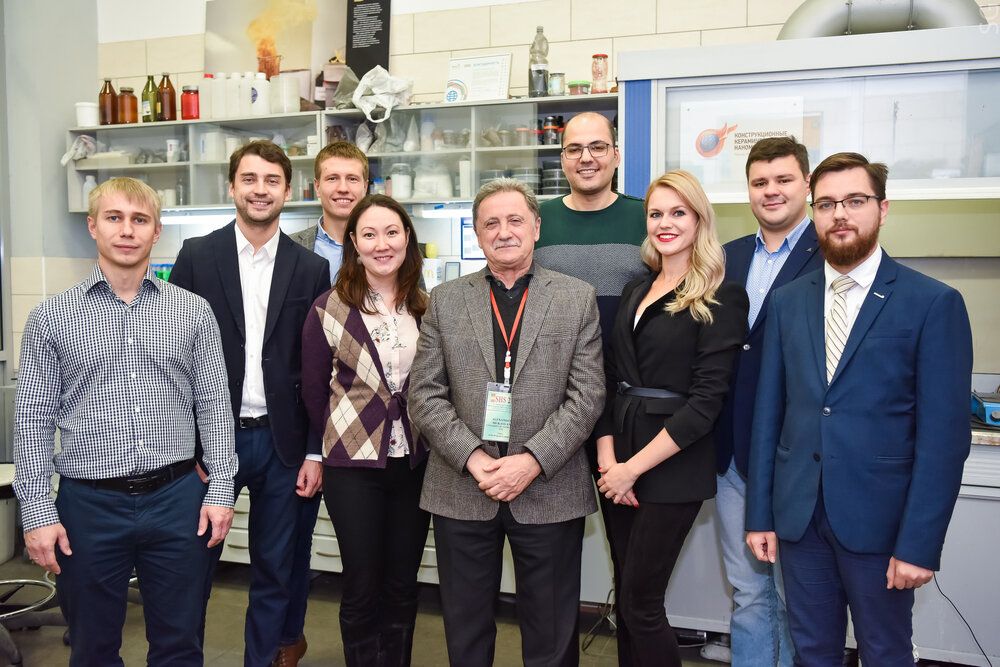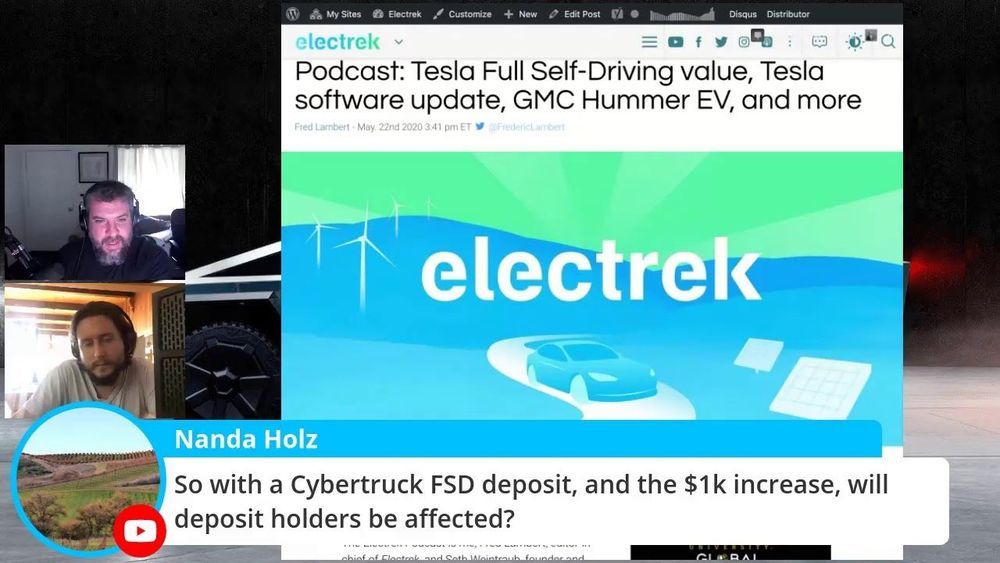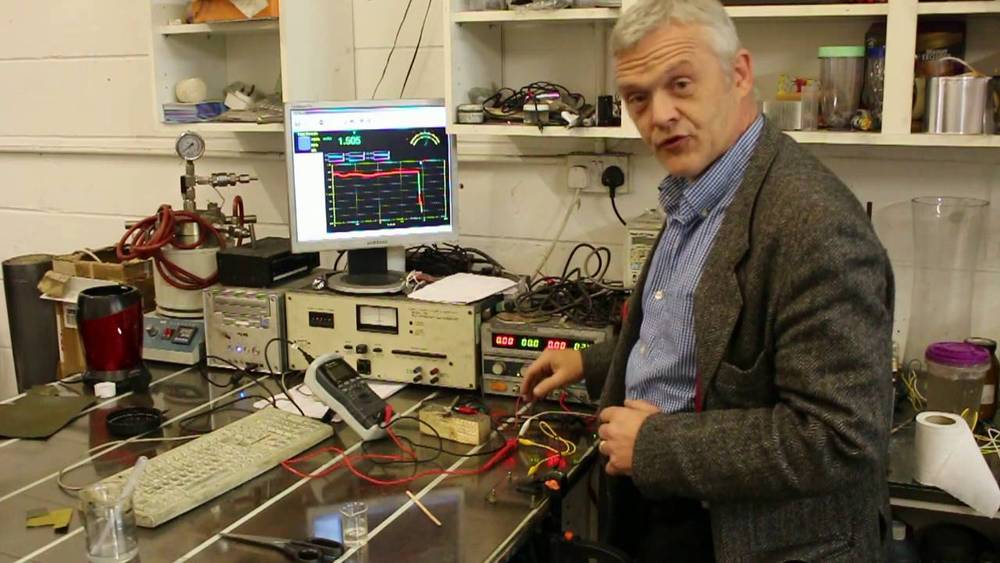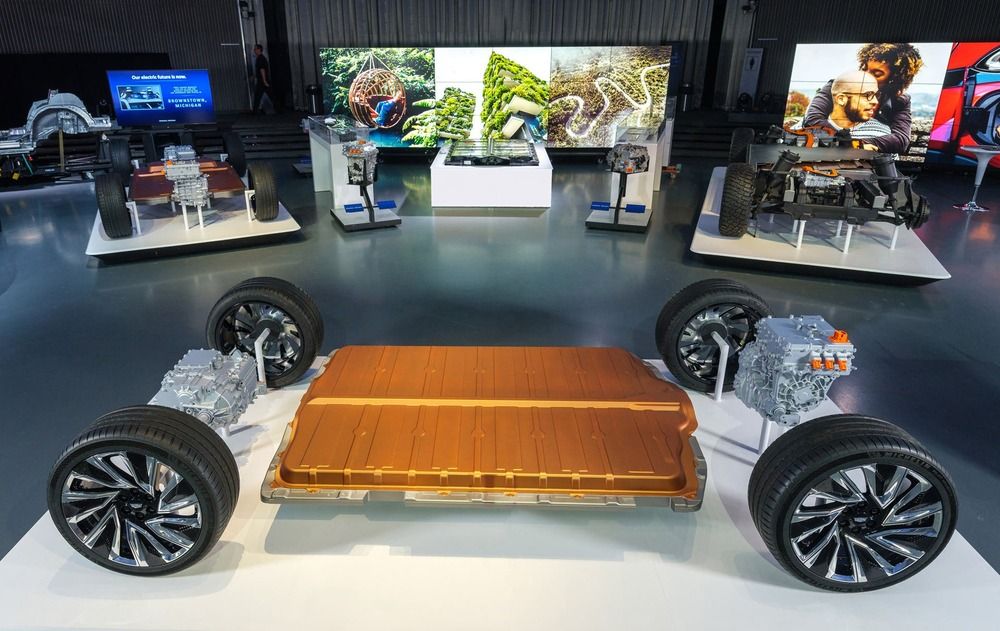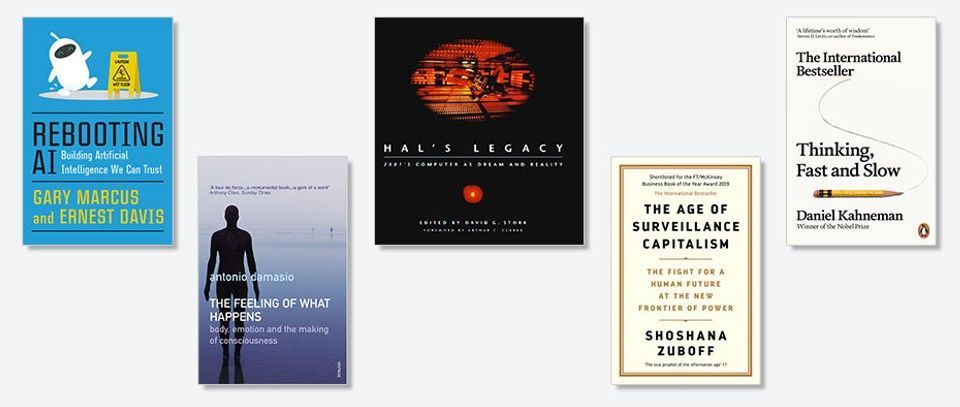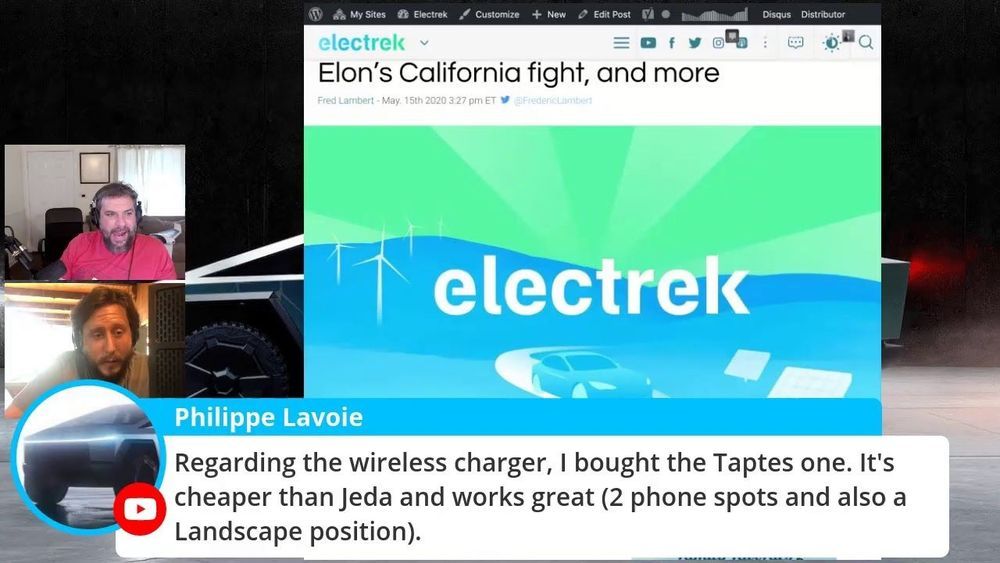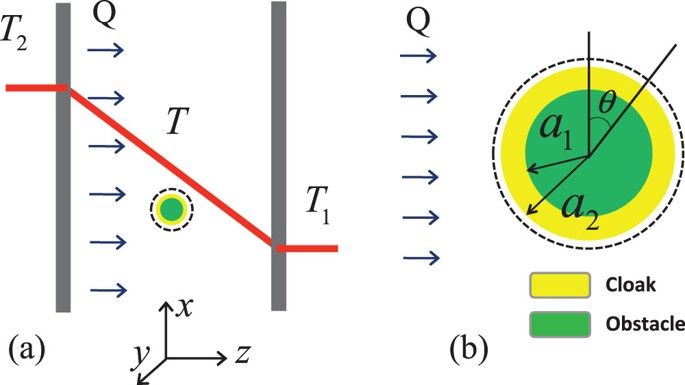A group of scientists from NUST MISIS developed a ceramic material with the highest melting point among currently known compounds. Due to the unique combination of physical, mechanical and thermal properties, the material is promising for use in the most heat-loaded components of aircraft, such as nose fairings, jet engines and sharp front edges of wings operating at temperatures above 2000 degrees C. The results are published in Ceramics International.
